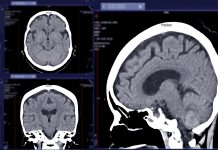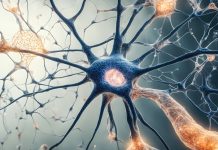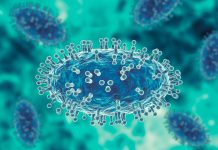In June, Alzheimer’s and Brain Awareness month, Mayo Clinic researchers have identified unique molecular signatures of blood-brain barrier dysfunction in Alzheimer’s disease
These findings, published in Nature Communications, could pave the way for new diagnostic tools and treatments for this condition.
“These signatures have high potential to become novel biomarkers that capture brain changes in Alzheimer’s disease,” said Dr. Nilüfer Ertekin-Taner, senior author of the study and chair of the Department of Neuroscience at Mayo Clinic. Dr. Ertekin-Taner, who also leads the Genetics of Alzheimer’s Disease and Endophenotypes Laboratory at Mayo Clinic in Florida, emphasised the importance of these biomarkers in advancing our understanding and management of Alzheimer’s.
Analysing human brain tissue
The research team conducted an in-depth analysis of human brain tissue from the Mayo Clinic Brain Bank and other collaborating institutions. The study included samples from 12 Alzheimer’s patients and 12 healthy individuals. This analysis covered thousands of cells across more than six brain regions, making it one of the most thorough investigations into the blood-brain barrier’s role in Alzheimer’s disease to date.
The researchers focused on brain vascular cells, particularly pericytes and astrocytes, which are crucial for maintaining the integrity of the blood-brain barrier. Their findings revealed disrupted communication between these cells in Alzheimer’s patients, mediated by two key molecules: VEGFA, which promotes blood vessel growth, and SMAD3, essential for cellular responses to external stimuli.
Using cellular models and zebrafish, the researchers validated that increased VEGFA levels led to decreased SMAD3 levels in the brain. This discovery was further supported by experiments using stem cells derived from blood and skin samples of both Alzheimer’s patients and healthy controls.
Increasing VEGFA levels
When treated with VEGFA, these cells showed a decline in SMAD3 levels, emphasising the interaction between these molecules.
Donors with higher blood levels of SMAD3 exhibited less vascular damage and better outcomes related to Alzheimer’s disease. This suggests that SMAD3 could be a protective factor against the vascular damage associated with Alzheimer’s.
Dr. Ertekin-Taner and her team plan to continue their research on SMAD3, exploring its role in both vascular health and neurodegeneration in Alzheimer’s disease. They also aim to identify other molecules involved in maintaining the blood-brain barrier.
This study is part of a federally funded project aimed at finding new targets for Alzheimer’s treatment. The research received support from the National Institutes of Health, the National Institute on Aging, the Alzheimer’s Association Zenith Fellows Award, and the Mayo Clinic Center for Regenerative Biotherapeutics.








